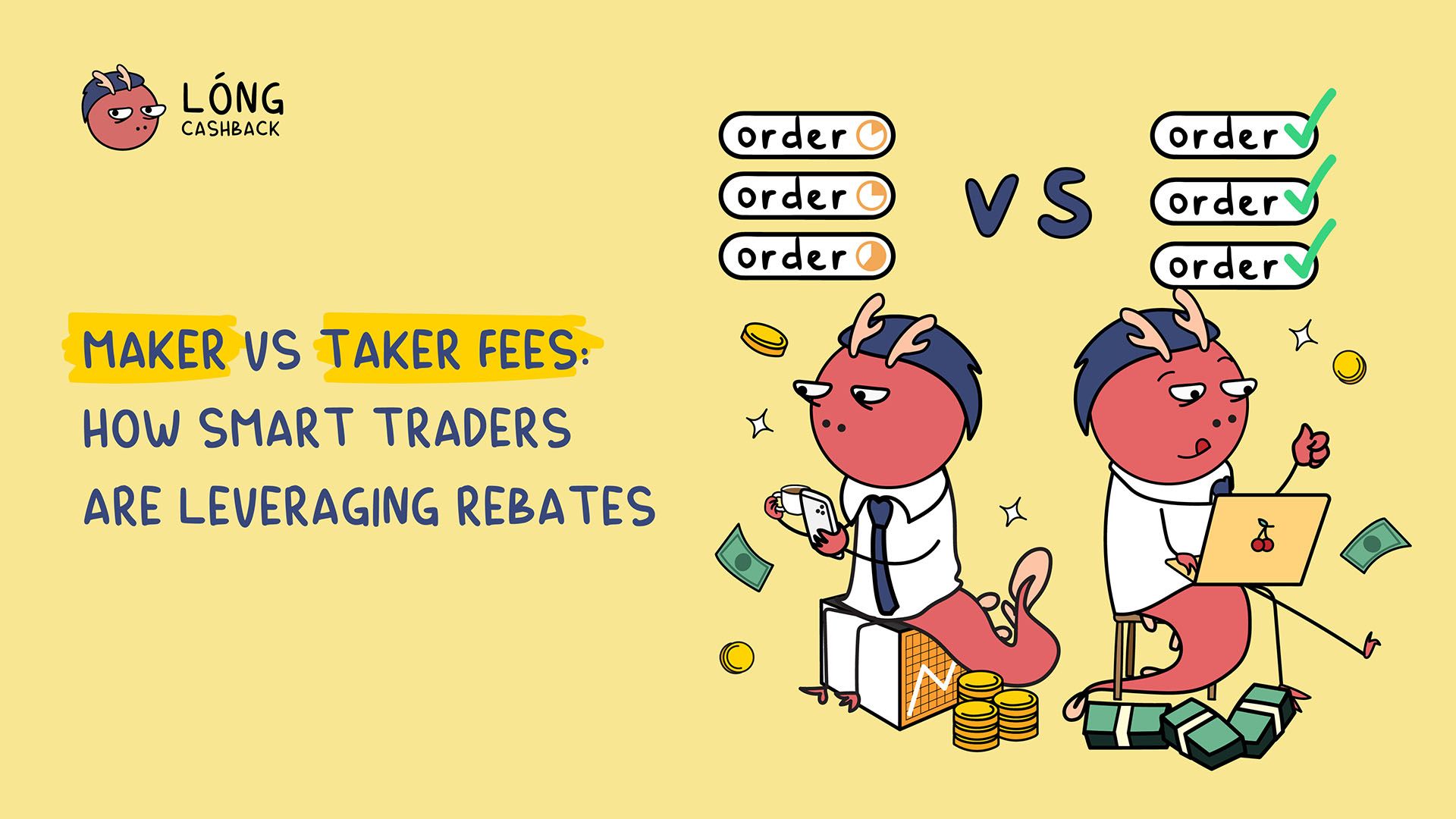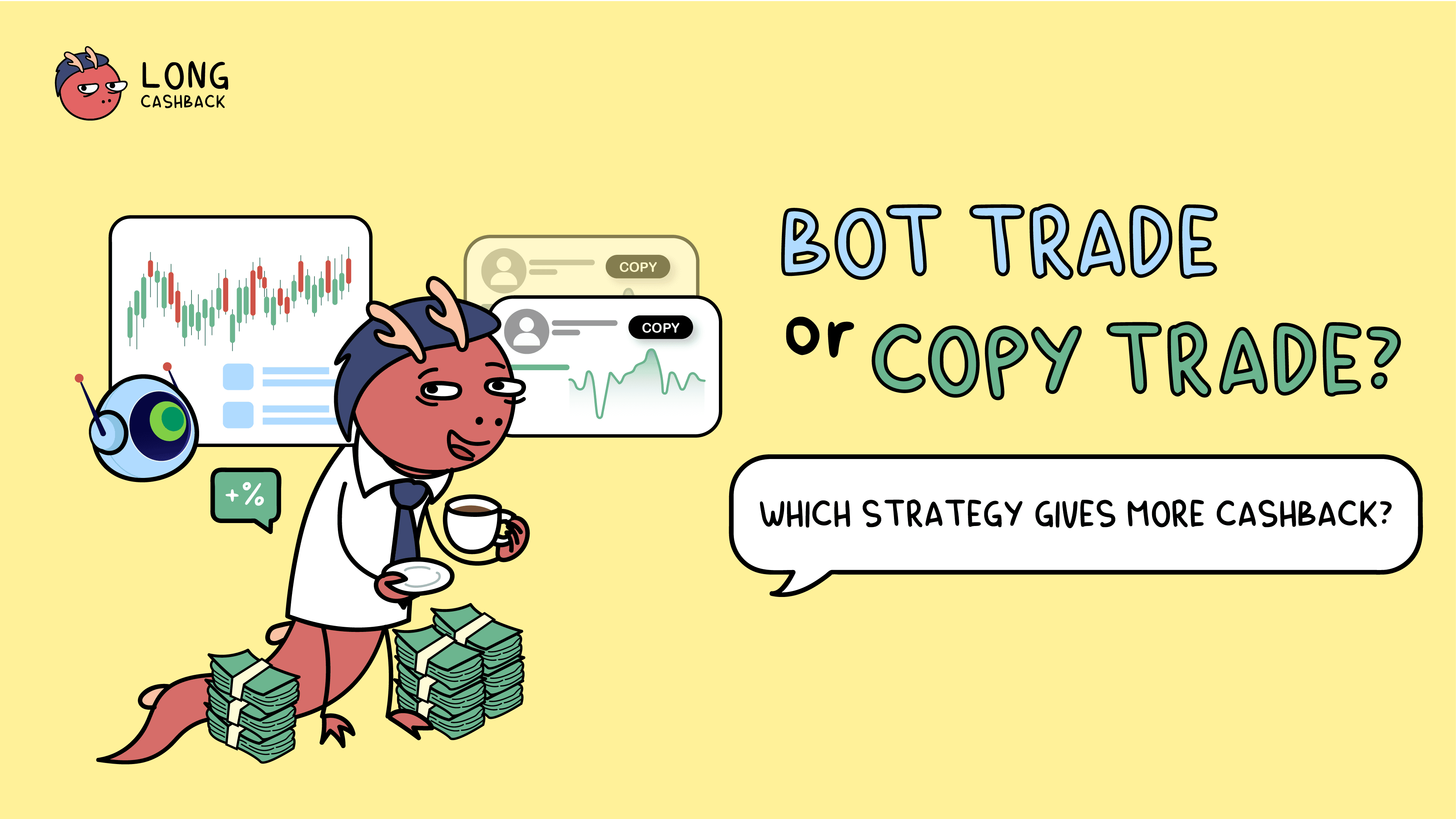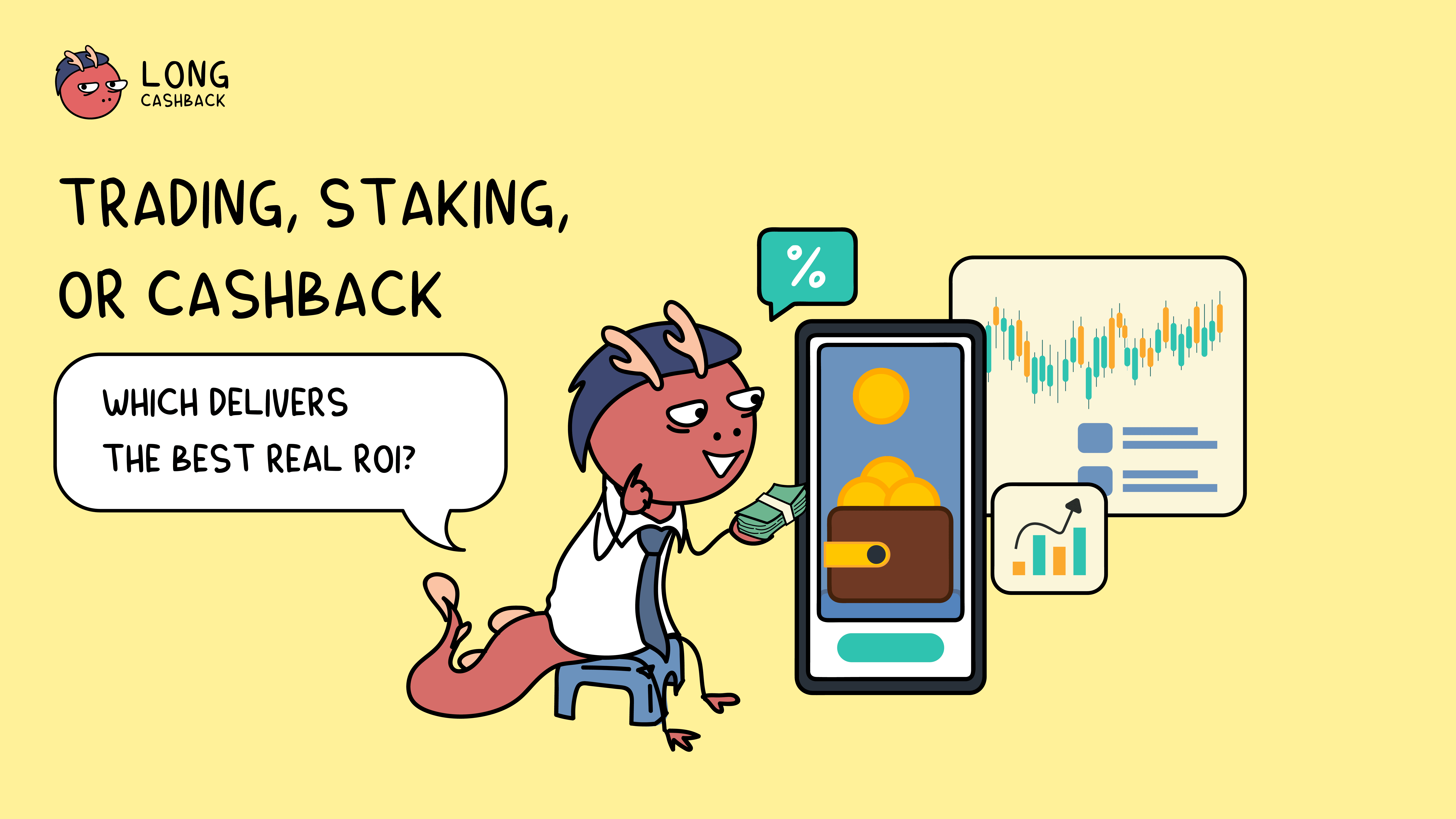September 5, 2025

In crypto trading, most traders focus on entry and exit strategies, but trading fees, especially the difference between maker and taker, silently eat into profits. As exchanges and on-chain infrastructure roll out rebate and cashback mechanisms, those who know how to use them can turn fixed costs into a competitive edge.
Takers “consume” liquidity and usually pay higher fees, while makers “add” liquidity and often get discounts — in fact, on many exchanges, makers even receive rebates (partial refunds, or negative fees) to incentivize liquidity provision.
Why does this matter?
On many centralized exchanges (CEXs), rebates are structured in two main ways:
Here’s how traders — from beginners to pros — are making the most of maker/taker structures and rebate programs:
Instead of using market orders, set limit orders at your desired price and wait. This makes you a maker, lowering your costs significantly — or even giving you rebates. For high-frequency strategies, this adds up fast. Grid and DCA bots can save dozens of percent annually simply by being makers.
Many exchanges reduce fees as you move up VIP tiers. By focusing volume on one exchange, you reach tiers faster and benefit from reduced fees. Combine this with maker orders and you get rebates + lower base fees.
You don’t need to be a pro market maker. Some individual traders place buy/sell limit orders around the spread to capture differences and rebates. But this requires automation to avoid being caught offside. Major exchanges clearly define rebate programs for active market makers.
Don’t just rely on the exchange. Independent cashback platforms aggregate multiple exchanges and return a percentage to users transparently (often paying in stablecoins or fiat to avoid token volatility). With 40–50% cashback, active traders can offset a big chunk of monthly fees.
Take OKX as an example:
If you make 1–2 trades per day (~$10,000 each), that’s about $2 in fees daily.
With a 50% rebate/cashback program, you get half of that back. For high-frequency traders, the savings multiply quickly, directly boosting net PnL.
Rebates are not just for CEXs. The on-chain world is introducing rebates by design:
For traders, this means:
Among countless rebate programs, one key difference is token payouts vs. stablecoin payouts.
Long Cashback takes the practical route:
For traders, this makes cashback not just a perk — but a measurable revenue stream that supports PnL.
Maker vs. taker is more than theory — it’s a practical tool to cut costs. As rebates and cashback programs expand (from CEX tiers to on-chain MEV and surplus sharing), traders have more ways than ever to reduce costs without increasing risk.
Those who use rebates wisely — placing maker orders, consolidating volume, and choosing transparent programs like stablecoin cashback from Lóng — gain a lasting edge: lower costs, higher ROI, and stronger survivability.
Don’t let “small” fees become a big drain. Understand maker/taker, leverage rebates smartly, and pick cashback programs that are clear and reliable — so every trade works harder for you.

Compare the advantages and disadvantages of “bot trading” and “copy trading” for earning rebates when trading digital assets, helping investors choose the most profitable approach.
long cashback crypto cashback bot trading copy trade
Tham gia ngay, săn Airdrop – trúng thưởng tới tấp cùng Bybit
BYBIT cashbackcrypto futurestrading
In the crypto market, trading, staking, and cashback are three common ways to earn from digital assets. This article compares their real ROI, highlights when cashback can outperform the others, and explains how traders can optimize their net returns.
ROI cashbackcrypto staking tradingfutures